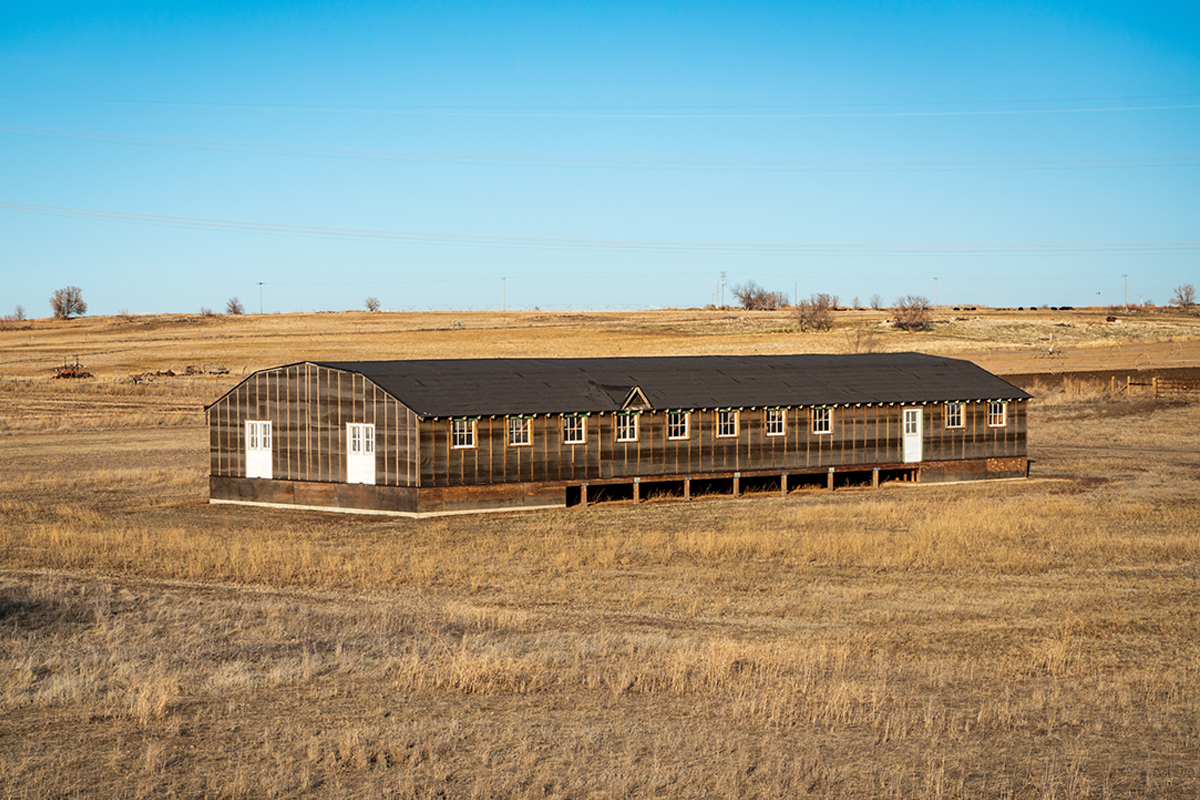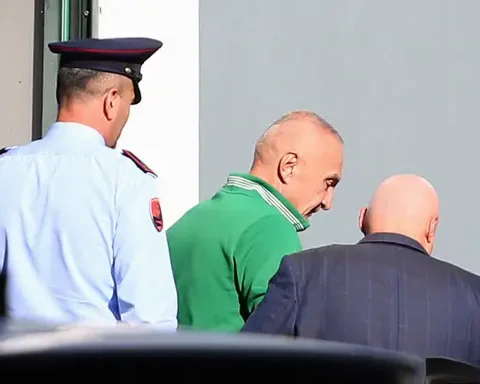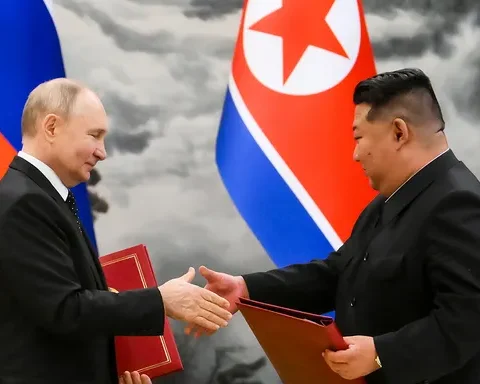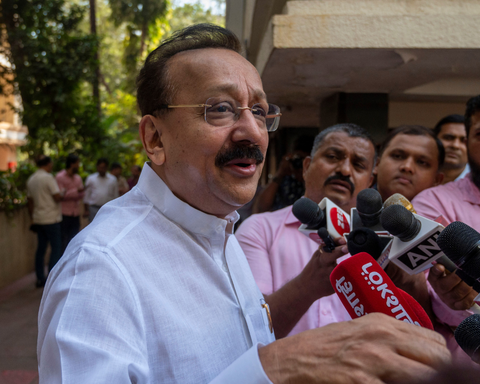In the vast Idaho desert, behind barbed wire, a little boy once pressed his ink-stained finger onto an exit card, marking a poignant moment in American history. This boy was Paul Tomita, just four years old in 1943, a prisoner along with over 13,000 other Japanese Americans at Minidoka Internment Camp during World War II. Today, survivors like Tomita fear a new threat to their painful past: a proposed wind farm project near the historic site, raising questions about preserving this crucial chapter in history.
The Past Echoes
Minidoka stands as a stark reminder of a grim period in American history when around 120,000 people of Japanese descent were forcibly uprooted and incarcerated. Families lived in cramped barracks, under constant watch, in a camp that mirrored a small city with its makeshift community structures. Despite the harsh conditions, they forged a sense of community, a testament to human resilience in adversity.
The Present Controversy
Fast forward to the present, and Minidoka is at the center of a new controversy. The Lava Ridge Wind Farm, proposed by Magic Valley, a New York-based LS Power subsidiary, plans to erect 400 turbines over 118 square miles near Minidoka. While the project aligns with the Biden Administration’s clean energy goals, it has sparked unanimous opposition from those who see it as an encroachment on a historical site of immense significance.
Paul Tomita poignantly questions the disregard for Minidoka, asking, “If Minidoka was a white memorial to white soldiers who died in whatever war it is, do you think that they would offer free land to Lava Ridge to develop their windmills there? Hell no.”
The Future at Stake
As the Bureau of Land Management nears a decision, the survivors and descendants of Minidoka inmates voice their concerns. They see the site as sacred, a place of healing and remembrance for traumas still being unravelled. Idaho Rep. Jack Nelson reflects this sentiment, emphasizing the importance of preserving history to avoid repeating its mistakes.
The Boy in the Photo
Today, Tomita, now 84, recalls the harsh realities of life at Minidoka, from the unrelenting dust to the oppressive surveillance. Yet, his return to the site, decades later, with a copy of his exit card in hand, signifies more than just a personal pilgrimage. It’s a call to remember and respect the experiences of those who suffered there.
The debate over the Lava Ridge Wind Farm near Minidoka is more than a past and present clash. It critically examines how we value and preserve our historical sites. As Paul Tomita and others like him remind us, these places are not just landmarks but tangible links to our past, carrying stories that must not be overshadowed, even in pursuing future progress.







